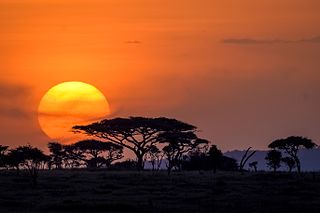This article is being considered for deletion in accordance with Wikipedia's deletion policy. |
| Tour Operator | |
| Industry | Tourism |
| Founded | 2000 |
| Headquarters | Edinburgh, Scotland |
Key people | Neil Birnie, Co-Founder and director Stevie Christie, director Paul Easto, director |
| Products | Small group adventures |
Number of employees | 6 core staff and several guides |
| Website | www |
Wilderness Journeys is an adventure travel and ecotourism company.

Adventure travel is a type of niche tourism, involving exploration or travel with a certain degree of risk, and which may require special skills and physical exertion. In the United States, adventure tourism has grown in recent decades as tourists seek out-of-the-ordinary or "roads less traveled" vacations, but lack of a clear operational definition has hampered measurement of market size and growth. According to the U.S.-based Adventure Travel Trade Association, adventure travel may be any tourist activity that includes physical activity, a cultural exchange, and connection with nature.




